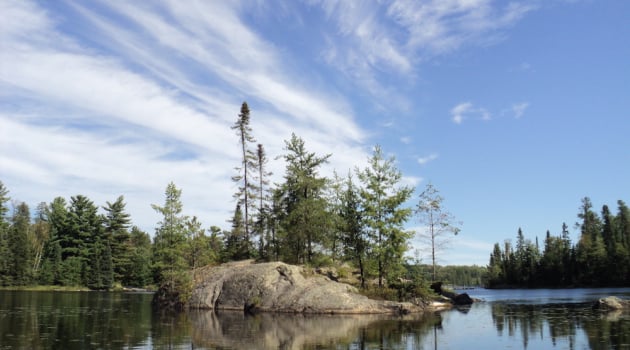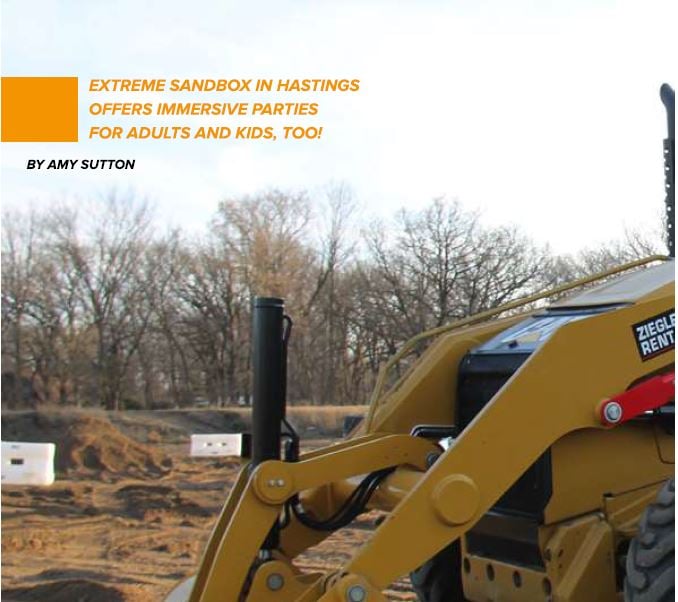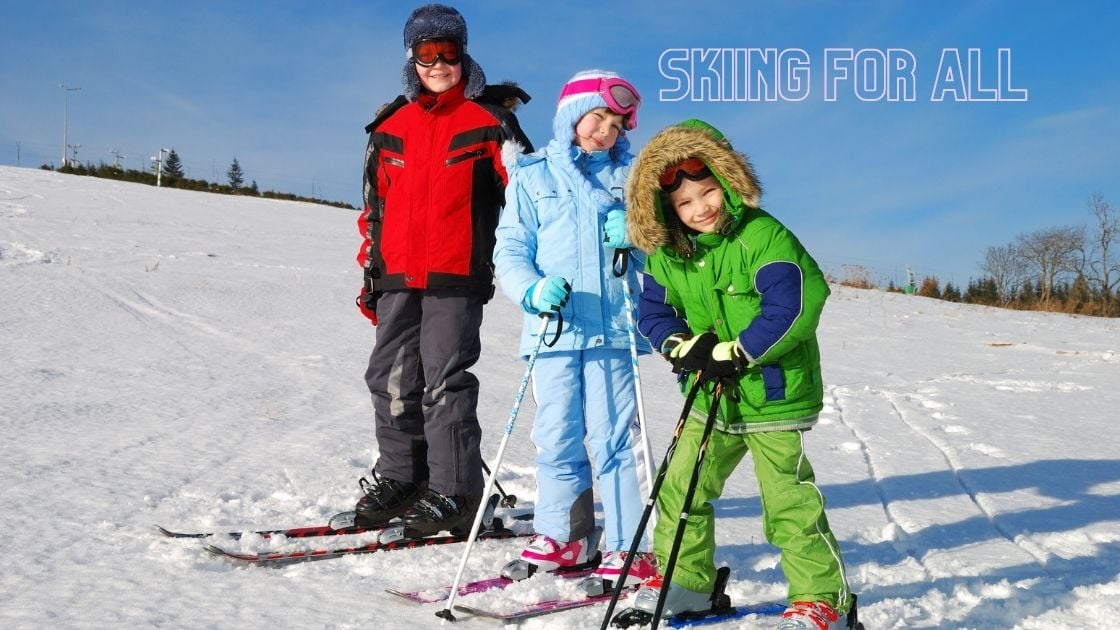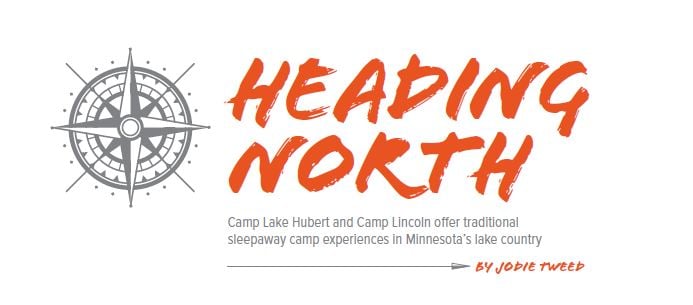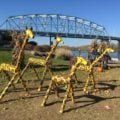The Boundary Waters Canoe Area Wilderness is a remarkable destination for adventure seekers of all ages.
Known for its rich beauty — a mixture of forests, glacial lakes, rivers and streams — and wildlife, including fish, loons, deer, black bears, beavers, otters, coyotes and wolves, it’s one of the most visited protected wilderness areas in the U.S.
Encompassing over 1 million acres, the BWCAW spans the northern third of the Superior National Forest and contains more than 1,200 miles of canoe routes, 12 hiking trails and over 2,000 designated campsites.
It offers visitors an opportunity to canoe, portage, camp and hike in secluded, remote areas, while experiencing a unique type of disconnect from the pace of our modern lifestyles.
And it’s beautiful — and socially distant. I went on my first guided canoe trip in the BWCAW through YMCA Camp Warren the summer after my seventh-grade year. I had a lot of fun and also came away from the experience with a strong sense of accomplishment.
That trip was the springboard for future summer canoe trip adventures in the Boundary Waters with my friends, continuing through high school, college and beyond. My bachelorette “party” even took the form of a canoe trip!
Over the years, I’ve developed the skills and confidence for continued backcountry adventure — yes, even with four kids in tow.
I now make Ely, the main western entry point to the BWCAW, my home. My husband and I both feel very fortunate to both live, work and raise a family in this beautiful area.
Is your family up for it?
It’s important to understand that a Boundary Waters canoe trip is a backcountry experience — a true wilderness immersion that requires self-reliance and good judgement.
Your proximity and connection to civilization is limited and involves a certain amount of risk, including adverse weather conditions, isolation, physical hazards and limited communications.
Excursions into the wilderness, especially with children, require careful planning and preparation for everyone’s safety and comfort.
It’s not exactly easy, but it’s certainly possible, and a well-planned trip can provide an experience with so many benefits!
If you’re planning your adventure yourself, seek out information in the U.S. Forest Service BWCAW Trip Planning Guide, plus guidebooks from the library or outdoors stores and maps from WA Fisher Maps and McKenzie Maps.
Other things to keep in mind:
Permits: Overnight access in the BWCAW from May 1 through Sept. 30 requires a pre-reserved permit that determines the dates of your trip and how many people you can have in your group. A pre-trip orientation is required of all overnight visitors and is provided by the USFS or the outfitter. Learn more at tinyurl.com/BWCApermits.
Route. Once you have your permit and entry point, you can start envisioning your route. You can have a predetermined route in mind, but it’s important to have some flexibility because campsite availability and weather conditions can vary. When doing a multi-night trip with children, I’ve found it’s easier to establish a base camp with day-trip outings, rather than a more labor-intensive point-to-point route, which requires setting up and taking down camp each day.
Navigation: Confidence with backcountry navigation and the use of a map and compass is a must.
Packing. This is one of the most overwhelming aspects of planning any overnight outdoor adventure. You need to have all of the equipment, gear, clothing and food you need and you also must be ready to haul it all on your back over portages between lakes! Here too is where doing your research is important. Check out tinyurl.com/bwcaw-checklist or a trusted guidebook for reference.
Guides and gear — for a fee: If taking all this on yourself feels like too much, I would highly recommend seeking out one of the many reputable BWCAW area guides and/or local outfitters. Outfitter services can help with permits, route planning, full or partial gear and food and even guided trips for overnights or half-day outings. Discover some of the outfitters in the area at tinyurl.com/explore-outfitters.
When to go
Summer is certainly the most popular time to visit the BWCAW with weather conducive to tent and hammock camping and swimming in the lakes. Autumn is one of my favorite times to soak in the beauty of the fall colors from the viewpoint of a canoe.
In winter, our family ventures out for a long cross-country ski trip at least once every winter in the BWCAW, where we travel across two frozen lakes to a point where we share a winter picnic and view ancient pictographs on cliffs near Hegman Lake.
Many local outfitters offer a variety of different experiences and adventure opportunities throughout the seasons. Just think of the memories you could make on a winter dogsledding adventure with your family!
What else can we do?
If a BWCAW adventure isn’t your cup of tea, but you want to give your children the opportunity, you can give them the start like I had through a camp or other popular options such as scouting groups or adventure-based organizations like Outward Bound.
There are also some excellent alternatives to an actual BWCAW trip that may suit your family well and are still in close proximity to the wilderness. The Superior National Forest maintains 254 backcountry campsites outside of the wilderness that offer remote paddling, camping and fishing — without the need for permits and without fees. See tinyurl.com/canoe-beyond to learn more.
Megan Devine is an elementary school teacher who lives with her husband and four school-age children in Northeastern Minnesota. Follow her blog — Kids, Lakes, Loons and Pines — at megdevine.com.



